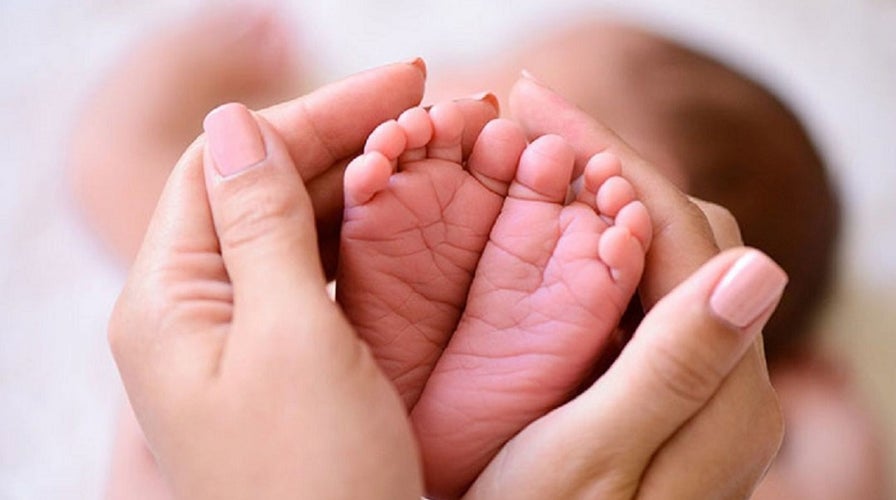Fox News Flash top headlines for May 15
Fox News Flash top headlines for May 15 are here. Check out what's clicking on Foxnews.com
The U.S. birth rate continues to fall, reaching another record low in 2018, according to a new report from the Centers for Disease Control and Prevention (CDC).
Last year, there were 59 births per 1,000 U.S. women ages 15 to 44, which is 2 percent lower than the rate in 2017, and the lowest recorded rate since the government started tracking birth rates in 1909, according to the report.
US PREGNANCY DEATHS UP, MOST PREVENTABLE: CDC
Overall, just under 3.8 million babies were born in 2018, which is a 2 percent drop from the number born in 2017, and the lowest number of births in the U.S. in 32 years, the report said. [7 Baby Myths Debunked]
Birth rates generally declined for women under 35, and in particular, for women in their early 20s, who saw a 4 percent drop in birth rates from 2017 to 2018. In contrast, birth rates rose slightly for women ages 35 to 39 and 40 to 44.
The birth rate among females ages 15 to 19 also fell 7 percent from 2017 to 2018, to a rate of about 17 births per 1,000 teens.
CLICK HERE TO GET THE FOX NEWS APP
The new report cannot determine the reason for the overall decline in U.S. births. But one possibility is economic uncertainty, Karen Benjamin Guzzo, associate director of the Center for Family & Demographic Research at Bowling Green State University in Ohio, told Live Science in a 2018 interview. Even though the Great Recession technically ended in 2009, people may still feel uneasy about their economic situation; they may be employed but working part time, or going to school and working, or trying to pay off student loans, Guzzo said.
"People feel just really uncertain about the future," Guzzo told Live Science. "And that generally does not bode well for having kids."
Trying to Conceive: 10 Tips for Women
Trying to Conceive: 10 Tips for Men
Conception Misconceptions: 7 Fertility Myths Debunked
Originally published on Live Science.
